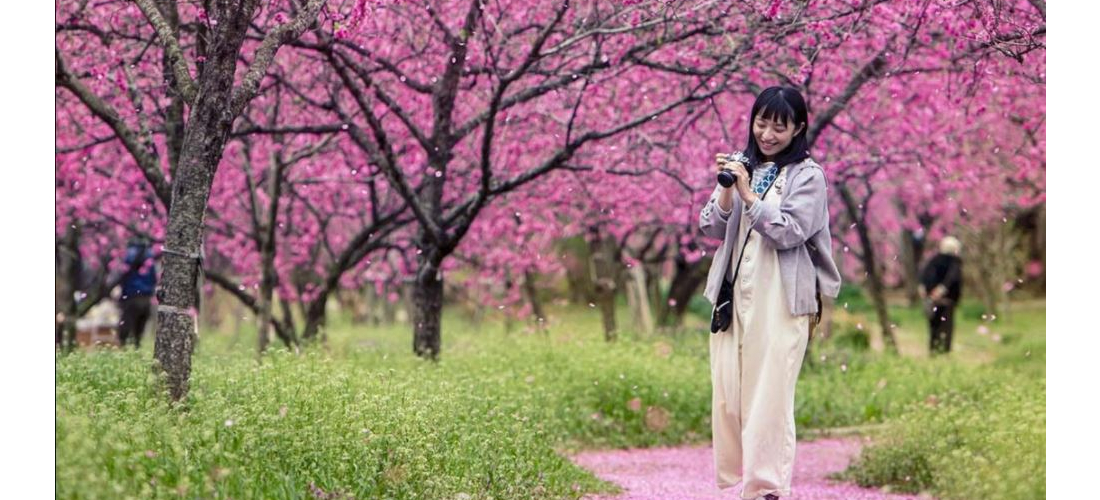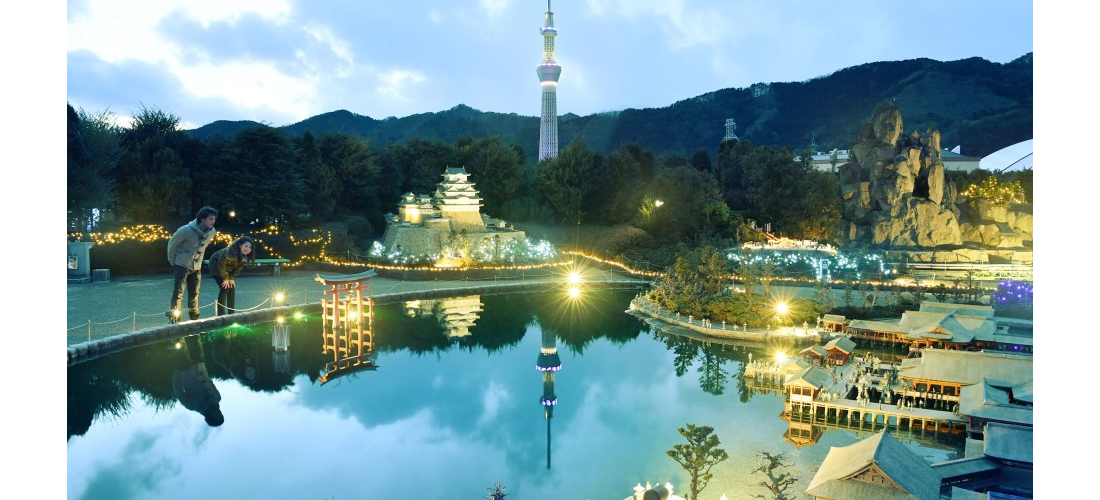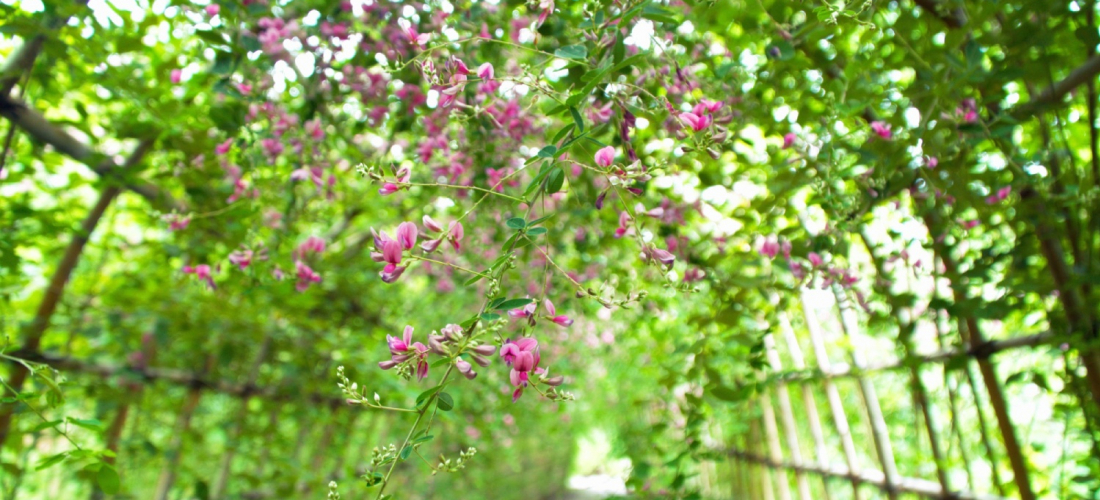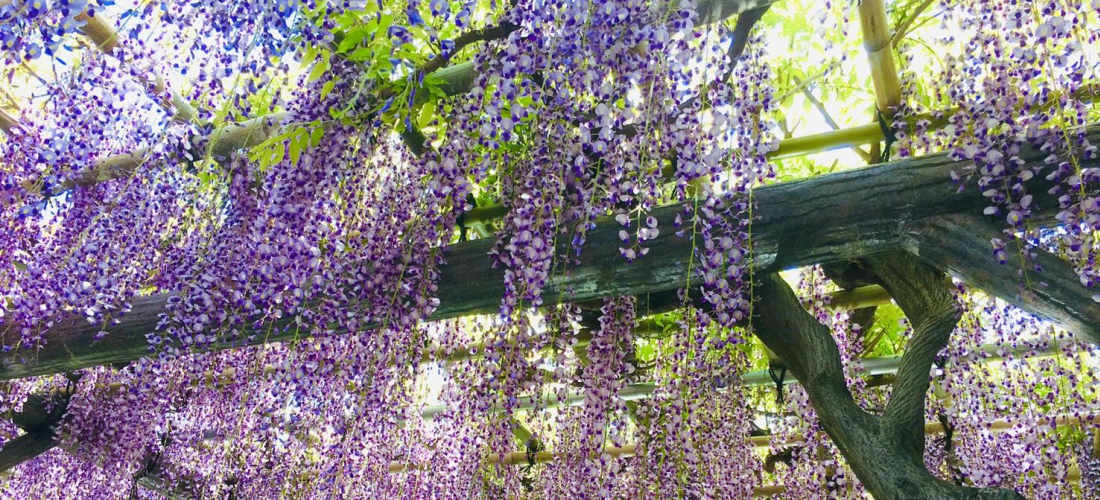CONTENTS
Traveling to Japan in the spring means the weather is great, the flowers are gorgeous, and all the Japanese students starting their new school year lend an air of excited anticipation all over the country. This makes it a popular time to visit, with tons of travelers planning their trips around the season. The lovely plum and cherry blossoms have never been the only attractions for travelers, though, and this year is no different. As the zenith of cherry blossom season has passed, and sakura petals are slowly raining down on the city, visitors may now be at a loss as to what else Tokyo in the spring has to offer. But we're here to tell you: spring is just beginning!
Whether it's wisteria trees or imperial exhibitions, azaleas or Dragon Ball experiences, you're bound to find something fun to do. Please take a look at what we recommend for your April trip to Tokyo, and check out what the city has to offer!
Natural Wonderlands: Luxurious Flower Viewing
Wisteria Tunnels Straight out of Your Dreams: Ashikaga Flower Park’s Great Wisteria Festival 2019
Ashikaga Flower Park offers lovely views in all seasons, but the curtains of wisteria flowers that blossom and create graceful hanging tunnels in the spring are the real draw. Visitors from all over the world come to wander the park and admire upwards of 350 wisteria trees in an area covering 1,000 square meters (about 10,800 square feet). Streams of flowers in pink, yellow, white, and a rich purple all blow in the breeze, surrounding you with lovely shifting colors, and making it feel like you just walked into fairyland (or perhaps a Ghibli film?) Some of these trees are over 150 years old, so you can stroll the park and imagine yourself alongside the many others doing the same thing 100 years ago. On top of all this, there are more than 5,000 azalea bushes in the park, for visiters who appreciate more vibrant blooms. With such majestic trees, the park has even been designated a natural monument by Tochigi Prefecture.
Perhaps the most romantic option, though, is visiting the park in the evening. If these wisteria trees seem magical in the sunlight, their beauty really shines at night, when the flowers are lit up from the ground. With such a totally different atmosphere, a night-time visit gives you a whole new experience, perfect for those looking for an enchanting evening activity.
When you go to Ashikaga Flower Park's "A Tale of the Wisteria" festival this year, you can also head over to Ashikaga City to try on some Showa Era kimonos and walk around the historical site of Bannaji Temple.
"A Tale of the Wisteria" – The Great Wisteria Festival 2019, Ashikaga Flower Park
Event Dates: April 13 (Sat.) to May 19 (Sun.)
Business Hours: 7:00~18:00 (21:00 when doing the night-time "light up")
Admission Fees: Adults 900~1,800 yen, Children: 500~900 yen
Evening "Light Up" Dates: April 18 (Thu.) to May 12 (Sun.)
Night Admission Hours: 17:30~21:00
Night Admission Fees: Adults 600~1,500 yen, Children 300~800 yen
Access: 3 minute walk from JR Ashikaga Flower Park Station
Official Website
An Ocean of Blue, on Land: Hitachi Seaside Park’s Baby Blue Eyes
If you head to Hitachi Seaside Park in the late summer or fall, you might find yourself surrounded by vibrant red shrubs, covering the gentle slopes of the ground. In spring, though, you'll be greeted by waves of baby blue eyes flowers, smallish blue flowers that carpet the ground. With such large expanses of the flowers in every direction, a visit to Hitachi Seaside Park makes you feel like you're in the sea, without even looking for the actual water nearby. This year's flower forecast expects the flowers to bloom in mid-April, and continue a ways into May. These blue blossoms should be "in full glory," as they put it, around April 24th to May 3rd.
If you want to flesh out your trip to Ibaraki a little more, be sure to take a look at the impressive Kamiiso no Torii shrine gate, the "gate at the beach of the gods," which is part of the nearby Oarai Isosaki Shrine.
Hitachi Seaside Park: Baby Blue Eyes Bloom
Event Dates: Mid-April to Early May
Admission Fees: Adults 900~1800 yen, Children 500~900 yen
Access: Take a bus from bus stop 2 at JR Katsuta Station, get off at the Seaside Park West Entrance or South Entrance
Official Website
A Mountain of Azalea: Nezu Shrine’s Azalea Festival 2019
The Bunkyo Ward of Tokyo plays host to a handful of flower festivals each year, one of these being the Tsutsuji Matsuri (つつじまつり), or Azalea Festival, at Nezu Shrine. The azaleas bloom each spring without fail, drawing Tokyo residents out to enjoy the flowers and springtime weather. Layered onto the hills surrounding the walkway, the azaleas create a lovely mosaic of red and purple. On top of this, Nezu features a whole path full of torii shrine gates, similar to Kyoto's Fushimi Inari Shrine, adding some extra atmosphere to the shrine. Our Taiwanese writers went out to visit last year, and took the video below, showing off some great views of the Nezu Shrine and its flowers.
Nezu Shrine Bunkyo Ward Azalea Festival 2019
Event Dates: April 6th (Sat.) to May 6th (Monday)
Admission Fees: 200 yen (free for children in elementary school or younger)
Access: 5 minute walk from Tokyo Metro Nezu, Sendagi, and Toudaimae Stations
Official Website
Enchanting Wisteria in the City: The Kameido Tenjin Shrine Wisteria Festival
If you're looking for that wisteria magic, but aren't quite feeling up to getting all the way over to Ashikaga Flower Park, we have one more suggestion for you: the Kameido Tenjin Shrine in Tokyo! While the scope isn't quite the same as the park, this shrine does have more than 50 wisteria trees, many of which are even older than the ones in Ashikaga. During the day, you can look into the water and enjoy the frankly adorable turtles swimming around, which are Kameido Tenjin Shrine's namesake. At night these wisteria trees get lit up just like those at Ashikaga Flower Park! You can even sample some tasty treats at one of the little food stalls specially set up at the shrine for this festival.
Kameido Tenjin Shrine Wisteria Festival 2019
Event Dates: April 13th (Sat.) to May 6th (Mon.)
Access: 15 minute walk from JR Kameido Station or Tokyo Metro Kinshichou Station
Official Website
Urban Excitement: Tokyo Events and Exhibitions
A Return to the Hundred Acre Wood! Winnie-the-Pooh: Exploring a Classic
For all of us who grew up reading about Pooh Bear and his friends, new Winnie-the-Pooh-related opportunities on the horizon are always exciting. That's why we were pretty psyched when this exhibition featuring original Winnie-the-Pooh art opened in Shibuya earlier this year, to great fanfare. Sink into the nostalgia, and spend an afternoon with Pooh, Piglet, Eeyore, and all of your favorites, at this great exhibition!
Winnie-the-Pooh: Exploring a Classic
Event Dates: February 9th (Sat.) to April 14th (Sun.)
Hours: 10:00~18:00
Location: Bunkamura B1F (2-24-1 Dougenzaka, Shibuya-ku, Tokyo)
Admission Fees: 1,500 yen
Access: 5~7 minute walk from JR and Tokyo Metro Shibuya Station
Official Website
Buoyant Jellyfish and Gently Falling Cherry Blossoms: an Interactive Exhibition at Sumida Aquarium
Looking to check out some cherry blossoms, but the weather isn't great? Or maybe you're just hoping for a more intense and modern flower-viewing experience. If that's the case, the Sumida Aquarium at Tokyo Skytree has just the thing for you. Their Sakura and Jellyfish digital exhibition features cool lightscapes and glowing jellyfish aquariums inside their "kaleidoscope tunnel", working together to create kind of a magical atmosphere. If you want to feel like you're in a spring-themed movie dream sequence, take a walk through this Sumida Aquarium exhibition.
Sumida Aquarium Sakura and Jellyfish Digital Interactive Exhibition
Event Dates: from now until April 25th (Wed.)
Hours: 9:00~21:00
Admission Fees: Adults 2,050 yen, High School Students 1,500 yen, Middle and Elementary School Students 1,000 yen, Younger Children (3+) 600 yen
Access: Oshiage Station (Skytree), via Tokyo Metro, Tobu, Keisei, or Toei Subway
Event Official Page
Sumida Aquarium English Website
Fish Flying in The Air!? Tokyo Tower’s Koinobori Carp Banners and Giant Saury
To celebrate Japan's Children's Day, a part of the week of Japanese holidays called Golden Week, the famous landmark Tokyo Tower is getting a head start on the tradition of koinobori (鯉のぼり), or carp-shaped windsocks. Representing the 333 meter height of the tower, 333 bright, fishy banners are hung to blow in the wind, now a yearly practice at Tokyo Tower. These days this includes a six meter sanma-nobori (さんまのぼり), which is not a carp but a saury fish banner! Giving off very different impressions in the daylight and when lit up at night, it's worth checking out Tokyo Tower at both times of day during the spring season (or maybe even enjoying a romantic sunset with the fish!?) These carp will stick around for Children's Day (May 6th), of course, but swim away at the end of Golden Week, so don't miss them before they head back upstream.
Tokyo Tower's Koinobori Carp and Saury Banners
Event Dates: from now until May 6th (Mon.)
Access: 5 minute walk from Toei Akabanebashi Station
7 minute walk from Tokyo Metro Kamiyacho Station
6 minute walk from Toei Onarimon Station
10 minute walk from Toei Daimon Station
15 minute walk from JR Hamamatsucho Station
Official Website
Celebrate The End of an Era: Special Exhibition on the Emperor’s 30th Anniversary
April 2019 is the very last month of the Heisei Era, meaning that this is also the end of Emperor Akihito's reign, before he officially abdicates in May. While political power in Japan is now held by politicians, the imperial family is still very much around, and a change in emperor (and therefore era) is a meaningful event. As of May, children in Japan will be born in the Reiwa Era, and bureaucratic forms around the country will change accordingly! First, though, Takashimaya is holding an exhibition in honor of the Emperor's 30 years on the throne, along with his 60 years of marriage to his wife, Empress Michiko. The exhibition will display 200 images of the Emperor and his reign, records, and a variety of items used by the imperial family and received as gifts. For anyone interested in royalty, this is a great chance to see Japan's take on the theme, and how the imperial family in Japan is still a national symbol.
Takashimaya's Imperial 30 and 60 Year Anniversary Exhibition "国民とともに歩まれた平成の30年"
Event Dates: April 3rd (Wed.) to April 21 (Sun.)
Hours: 10:30~19:30 (~18:00 on the final day)
Admission Fees: free of charge
Location: Nihombashi Takashimaya Shopping Center Main Building, 8th floor
(2-4-1 Nihombashi, Chuo-ku, Tokyo)
Access: Tokyo Metro Nihombashi Station, 5 minute walk from Tokyo Metro Tokyo Station,
Official Website
Image Source: Official Website
A Dragon Ball Themed Escape Room… Available in English!? What More Could We Ask For?
Known for making other anime-themed escape rooms, unusual escape room brand SCARP has really outdone itself this time with a Dragon Ball room, giving us all a chance to imagine ourselves saving the planet. Realizing that Dragon Ball is a true classic, popular not only in Japan but abroad as well, the creators took pity on our English-speaking souls and decided to add an English-language version at some locations. This means that those of us with less-than-stellar Japanese will also be able to truly get into the experience, and immerse ourselves in Dragon Ball goodness. If you're hoping to try this out while in Tokyo, head over to Ajito of Scrap in Asakusa, where English support is provided.
Dragon Ball Escape Room
Event Dates: from now until May 31st (Fri.)
Location: Ajito of Scrap Asakusa/Real Escape Room Asakusa (1-17-2 Azumabashi, Sumida-ku, Tokyo)
Hours: weekdays 13:00~20:00, weekends: 10:00~20:00
Admission Fees: in advance 2,400 yen, day-of 2,900 yen
Access: 5 minute walk from Tokyo Metro Asakusa Station
Official Website
So, where will you go this April?
Having learned about just a handful of the many fun things Tokyo has to offer this month, are you starting to feel like there's too much to do, and too little time? Maybe thought about extending your trip a couple days, just to squeeze in some more great activities? If you're still looking for more, this is Tokyo, there's always something new to do! Check out some of our past articles about the city below, and keep an eye out for new things to do coming soon! (And let us know if you find any amazing things going on in Tokyo that we missed!
Be sure to look at JAPANKURU
Or add us on Instagram and Facebook to share your Japanese pictures.

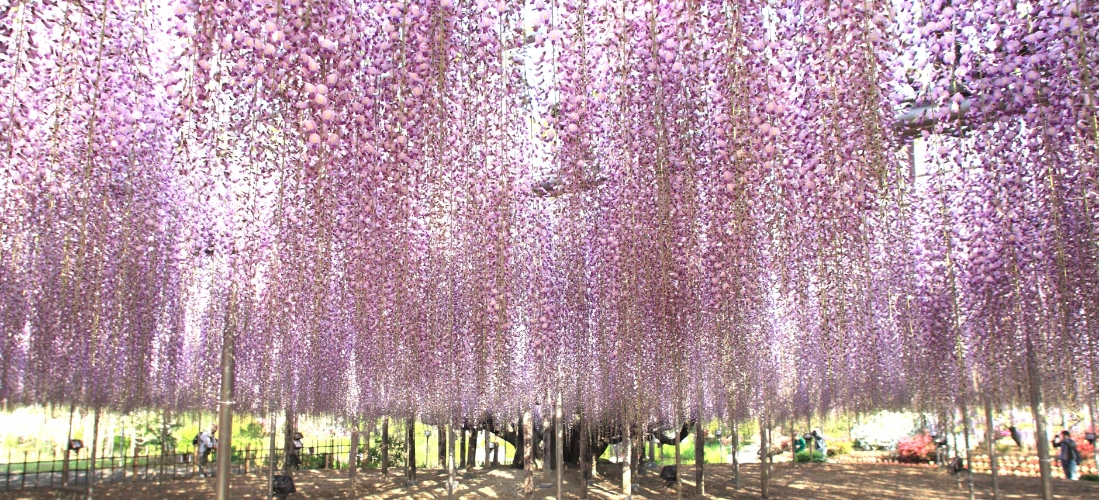


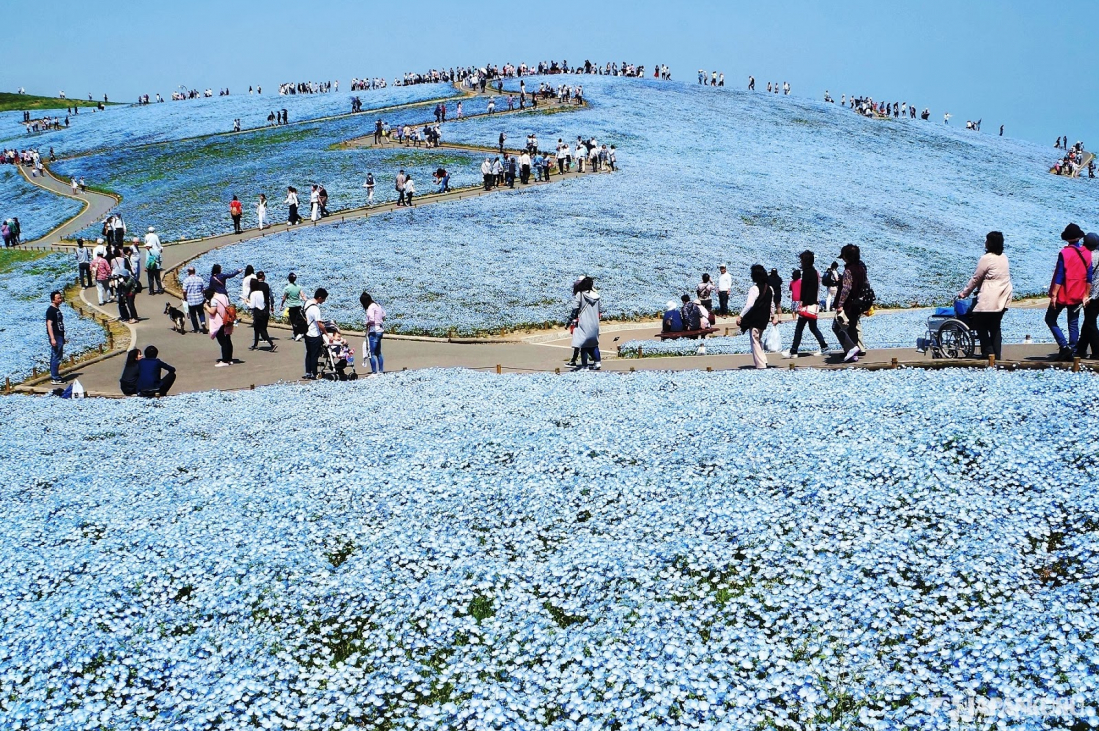

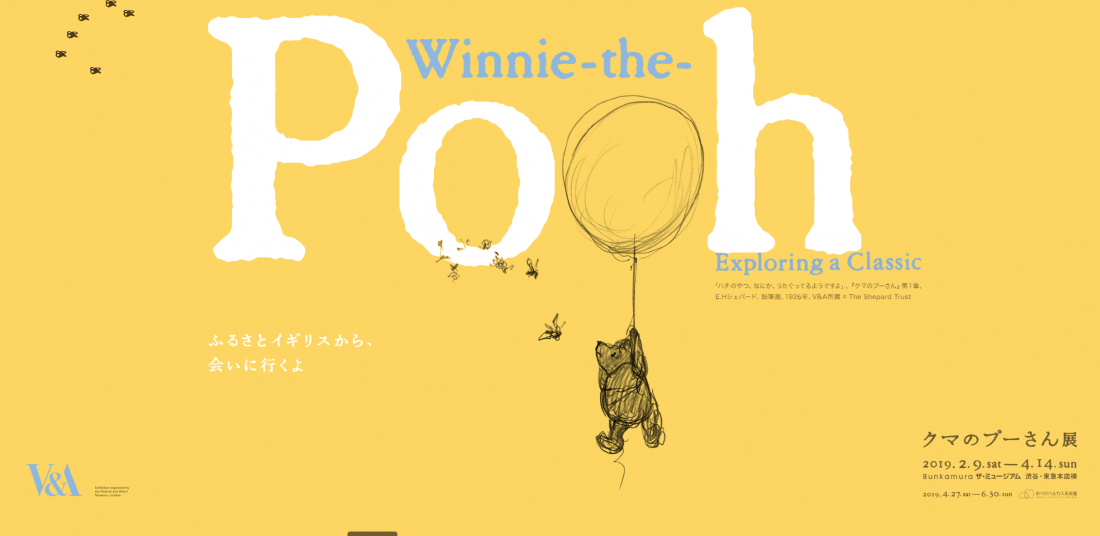

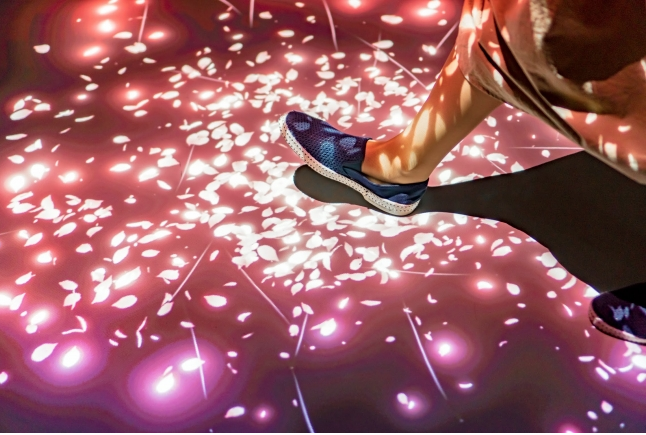


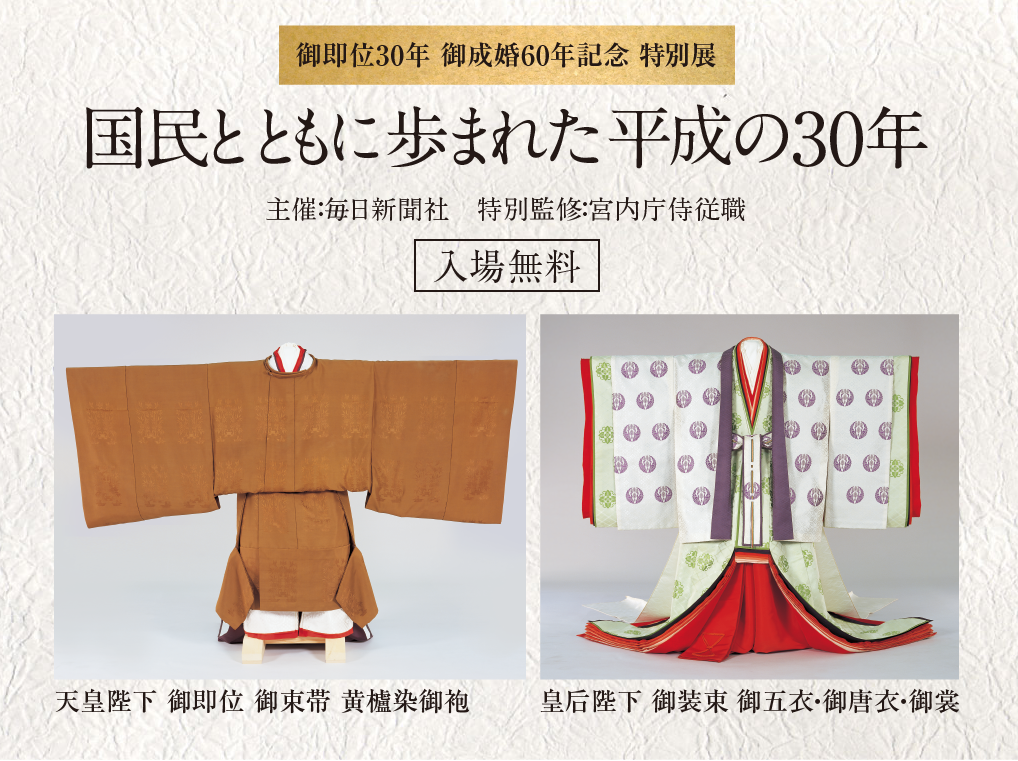
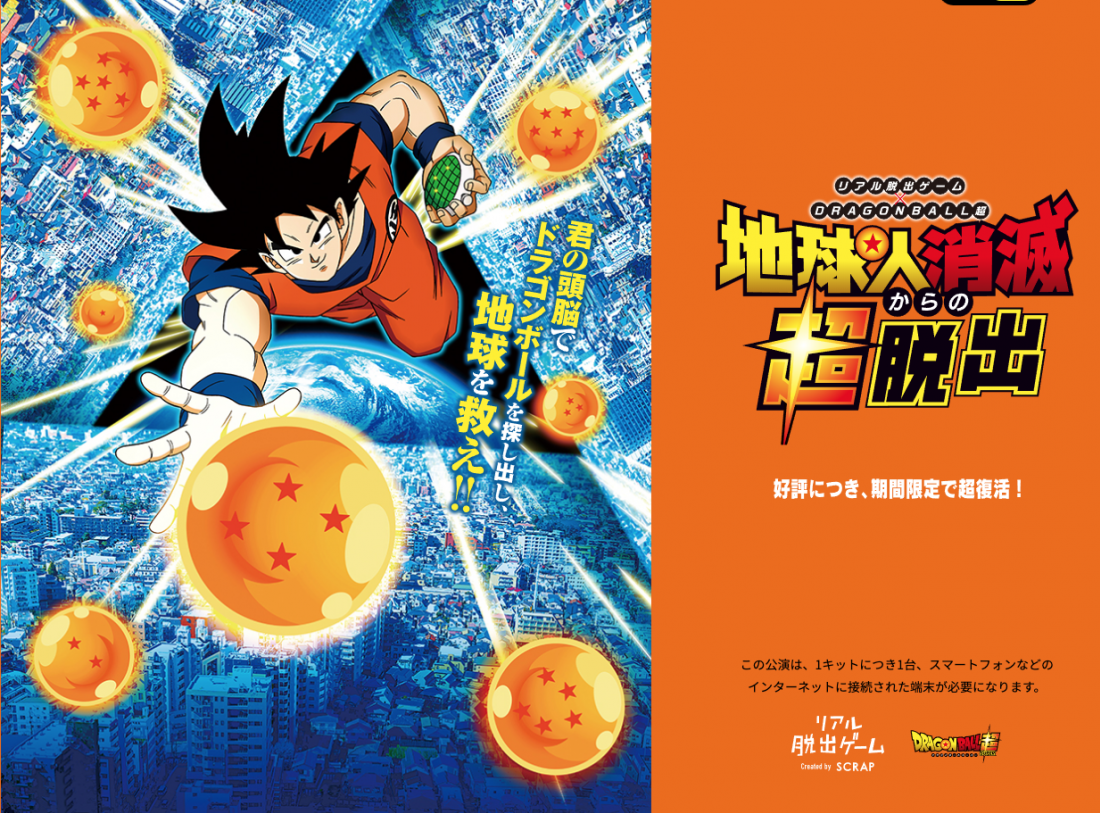






 >> Find out more at Japankuru.com! (link in bio)
#
>> Find out more at Japankuru.com! (link in bio)
#





 The Robot Restaurant is gone, but the Samurai Restaurant is here to take its place. Check it out, and don't forget your coupon!
The Robot Restaurant is gone, but the Samurai Restaurant is here to take its place. Check it out, and don't forget your coupon!
 신주쿠의 명소 로봇 레스토랑이 사무라이 레스토랑으로 부활! 절찬 쿠폰 발급중
신주쿠의 명소 로봇 레스토랑이 사무라이 레스토랑으로 부활! 절찬 쿠폰 발급중
 18歲以上才能入場的歌舞秀,和你想的不一樣!拿好優惠券去看看~
#tokyo #shinjuku #samurairestaurant #robotrestaurant #tokyotrip #도쿄여행 #신주쿠 #사무라이레스토랑 #이색체험 #할인이벤트 #歌舞伎町 #東京景點 #武士餐廳 #日本表演 #日本文化體驗 #japankuru #japantrip #japantravel #japanlovers #japan_of_insta
18歲以上才能入場的歌舞秀,和你想的不一樣!拿好優惠券去看看~
#tokyo #shinjuku #samurairestaurant #robotrestaurant #tokyotrip #도쿄여행 #신주쿠 #사무라이레스토랑 #이색체험 #할인이벤트 #歌舞伎町 #東京景點 #武士餐廳 #日本表演 #日本文化體驗 #japankuru #japantrip #japantravel #japanlovers #japan_of_insta
 코지마 x 빅 카메라 쿠폰으로 일본 가전 제품 쇼핑하기
#pr #japankuru #japanshopping #kojima #biccamera #japaneseskincare #yaman #dji #osmopocket3 #skincaredevice #日本購物 #美容儀 #相機 #雅萌 #日本家電 #일본여행 #면세 #여행꿀팁 #일본쇼핑리스트 #쿠폰 #일본쇼핑 #일본브랜드 #할인 #코지마 #빅카메라 #japankurucoupon
코지마 x 빅 카메라 쿠폰으로 일본 가전 제품 쇼핑하기
#pr #japankuru #japanshopping #kojima #biccamera #japaneseskincare #yaman #dji #osmopocket3 #skincaredevice #日本購物 #美容儀 #相機 #雅萌 #日本家電 #일본여행 #면세 #여행꿀팁 #일본쇼핑리스트 #쿠폰 #일본쇼핑 #일본브랜드 #할인 #코지마 #빅카메라 #japankurucoupon





























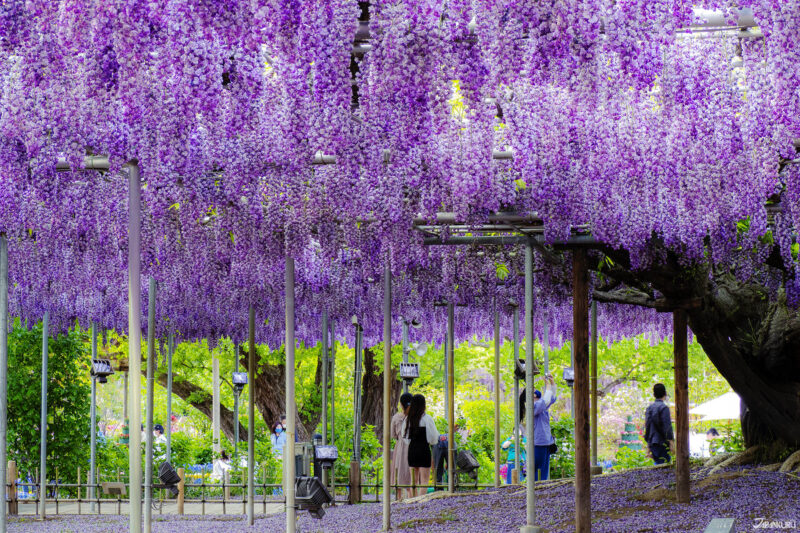
 Golden Week Events in Japan 2025 | A Guide for First-Time Travelers in Japan
Golden Week Events in Japan 2025 | A Guide for First-Time Travelers in Japan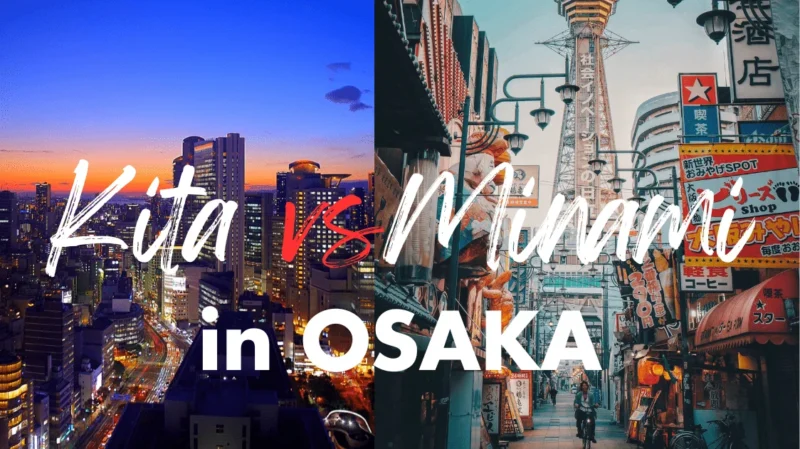



 Oita Hello Kitty Airport
Oita Hello Kitty Airport  Lands April 13th
Lands April 13th







